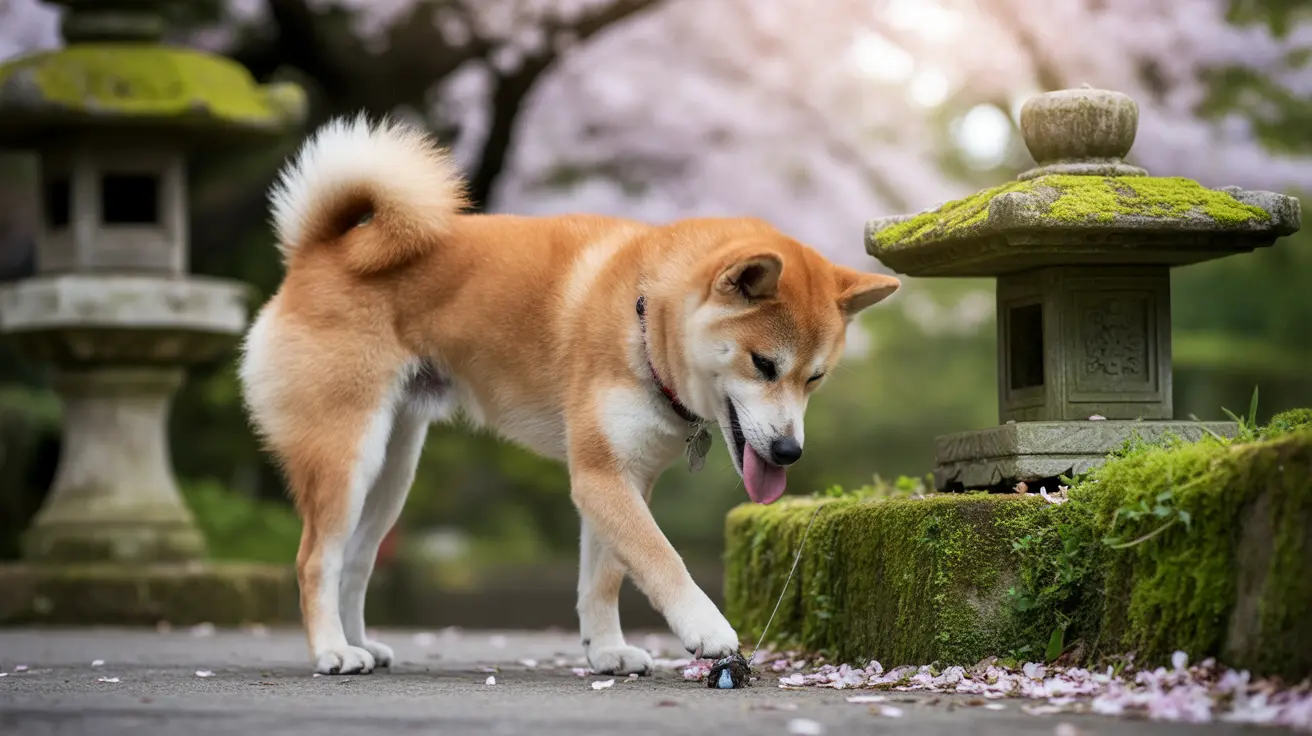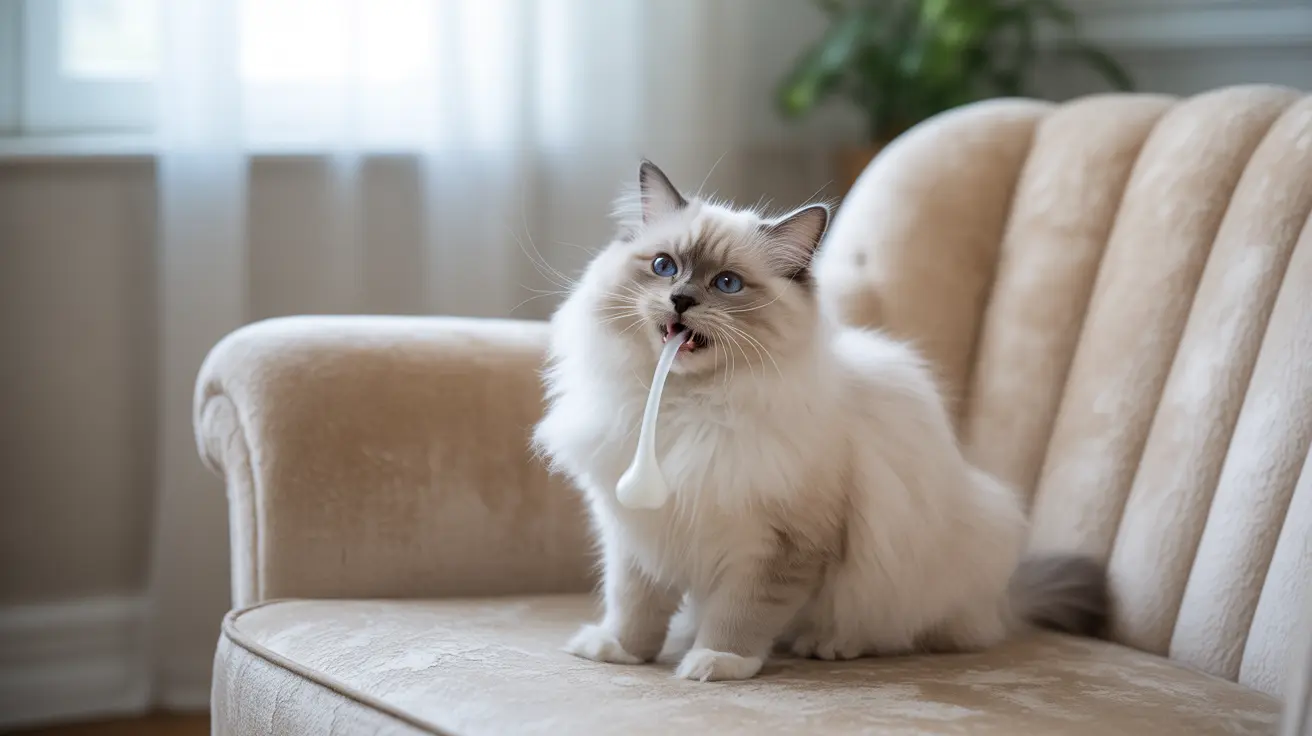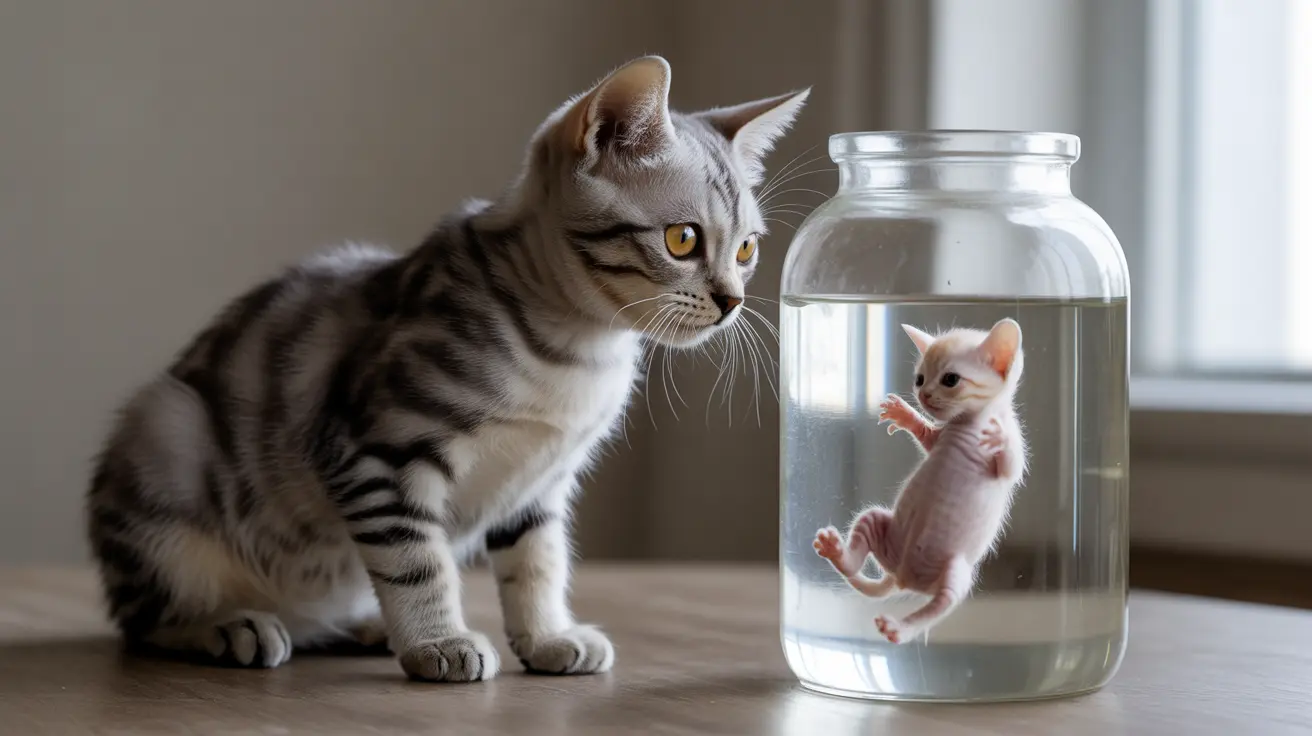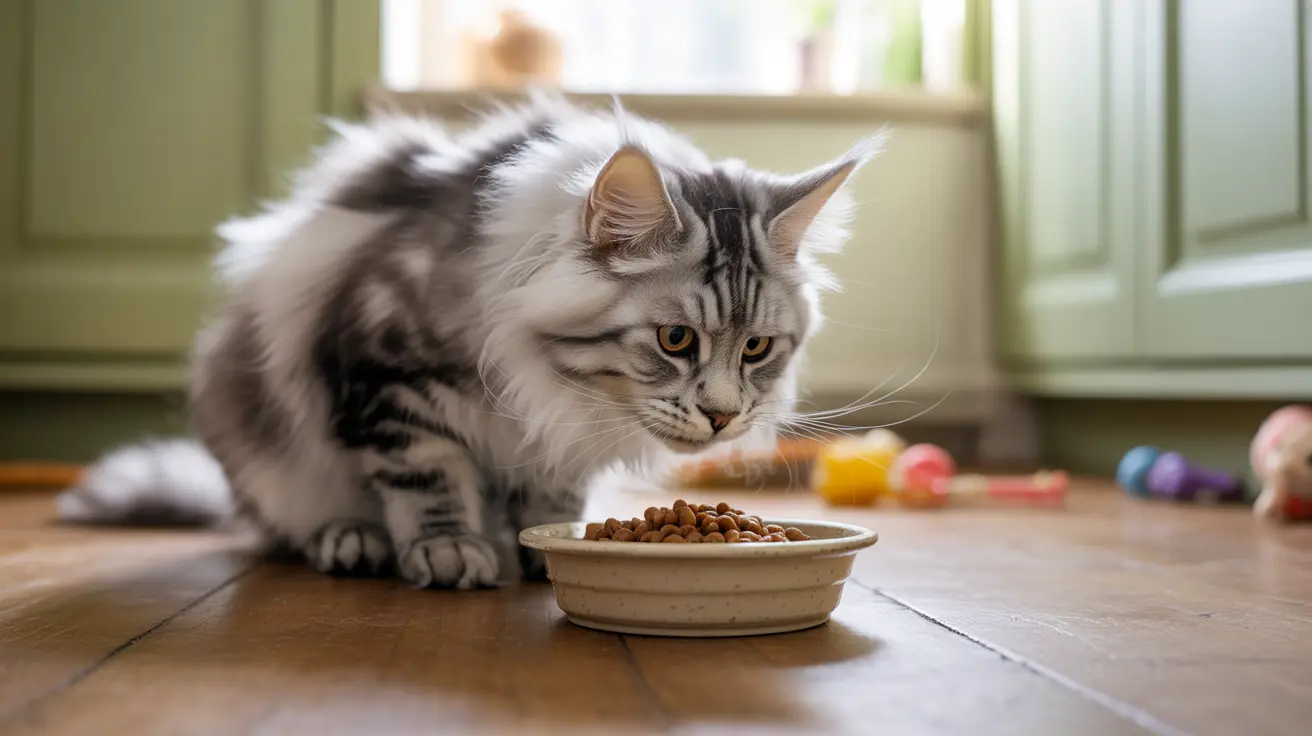If you've ever watched your furry friend obsessively licking their paws, you might have wondered what's driving this common canine behavior. While occasional paw licking is perfectly normal and part of your dog's natural grooming routine, excessive licking can signal underlying health issues that require attention.
In this comprehensive guide, we'll explore the various reasons behind dog paw licking, help you distinguish between normal grooming and problematic behavior, and provide expert guidance on when to seek veterinary care.
Normal Paw Licking vs. Excessive Behavior
Dogs naturally lick their paws as part of their daily grooming routine, especially after walks or playing outdoors. This helps them clean dirt, debris, and environmental substances from their paw pads. However, when paw licking becomes frequent, intense, or focused on one particular area, it's time to investigate further.
Common Causes of Excessive Paw Licking
Allergies and Environmental Triggers
Allergies are among the most frequent causes of excessive paw licking in dogs. Environmental allergens like pollen, mold, dust mites, and certain grasses can trigger intense itching and discomfort. Food allergies may also manifest through paw licking, particularly in younger dogs.
Injuries and Physical Discomfort
Dogs may focus on licking their paws due to:
- Cuts or scrapes on paw pads
- Foreign objects stuck between toes
- Broken or torn nails
- Burns from hot pavement
- Insect stings or bites
- Joint pain or arthritis
Skin Conditions and Infections
Persistent paw licking can lead to or result from various skin issues:
- Bacterial or yeast infections
- Hot spots
- Dermatitis
- Pododermatitis (inflammation of the paws)
- Parasitic infections (fleas, mites)
Behavioral and Psychological Factors
Sometimes, excessive paw licking stems from emotional or psychological causes rather than physical discomfort. Dogs may lick their paws due to:
- Anxiety or stress
- Boredom
- Compulsive behavior
- Separation anxiety
- Response to changes in their environment
When to Seek Veterinary Care
Contact your veterinarian if you notice:
- Redness, swelling, or inflammation
- Limping or reluctance to walk
- Changes in paw pad color or texture
- Excessive moisture between toes
- Strong odor from the paws
- Hair loss around the pawed area
- Signs of pain when touching the paws
Prevention and Home Care
To help minimize problematic paw licking:
- Regularly inspect and clean your dog's paws
- Use pet-safe wipes after walks
- Keep the fur between toes trimmed
- Maintain regular nail care
- Provide mental and physical stimulation
- Address anxiety through proper training and exercise
Frequently Asked Questions
Why does my dog lick and chew their paws excessively, and when should I be concerned?
Excessive paw licking can indicate various issues, from allergies to anxiety. Be concerned if the behavior is persistent, focused on one area, or accompanied by visible changes in the paw's appearance, such as redness, swelling, or hair loss.
What common allergies cause dogs to lick their paws, and how can I prevent them?
Environmental allergens like pollen, dust mites, and certain grasses are common triggers. Prevention includes wiping paws after walks, regular bathing with hypoallergenic shampoo, and working with your vet to identify and manage specific allergies.
How can I tell if my dog's paw licking is due to an injury or an infection?
Injuries typically cause sudden, focused licking of one paw and may be accompanied by limping or visible wounds. Infections often present with redness, swelling, discharge, or an unusual odor, and may affect multiple paws.
Can anxiety or boredom cause my dog to lick their paws, and what can I do about it?
Yes, psychological factors can lead to excessive paw licking. Address this through increased exercise, mental stimulation, consistent routine, and potentially working with a professional behaviorist for severe cases.
What home care steps can I take to reduce my dog's paw licking, and when is veterinary help needed?
Regular paw cleaning, maintaining proper nail length, and providing adequate exercise can help prevent excessive licking. Seek veterinary help if the behavior persists despite home care, or if you notice any signs of injury, infection, or distress.






